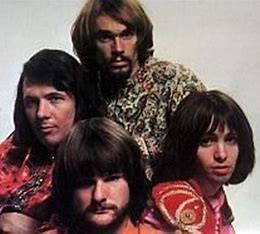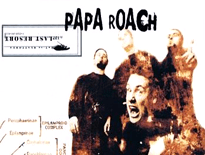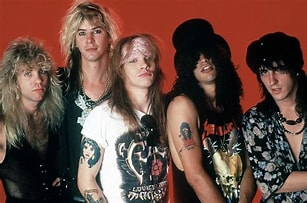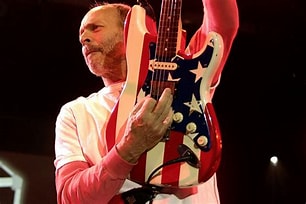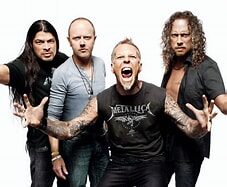Iron Butterfly Founder Doug Ingle Dies
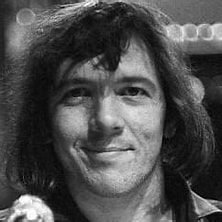
Iron Butterfly founding member, organist, primary composer and lead vocalist Doug Ingle died on 5/24 at the age of 78. Ingle wrote, sang and played organ on the psychedelic Rock band’s best-known song – the 1968 classic “In-A-Gadda-Da-Vida.”
Ingle was the last surviving member of Iron Butterfly’s classic “Vida-era” line-up.
Following the release of Iron Butterfly’s debut album “Heavy,” the band’s sophomore effort, “In-A-Gadda-Da-Vida“ with the 17-minute title track (featuring a pair of organ solos plus guitar and drum solos), sold more than 30 million copies, and a three-minute version became a Top 40 hit.
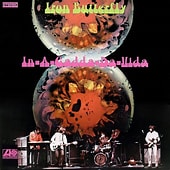
The album and song both proved influential in furthering Hard Rock and Heavy Metal. “Vida” was also heard in numerous TV shows and films.
###
.
